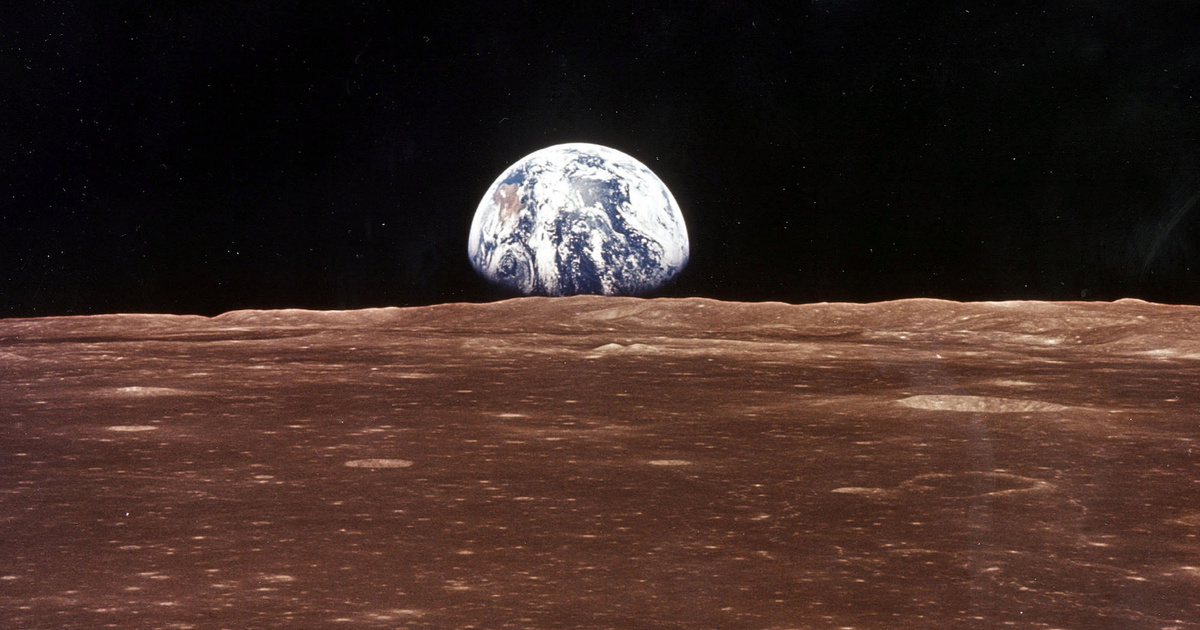The private space probe Odysseus successfully landed on the dusty surface of the moon after a week-long journey. It carries NASA technology on board, which the agency hopes will pave the way for missions that actually involve humans. According to plans, astronauts could already land on the moon in 2026 Sky News.
In the control room in Houston, the success of the landing was met with a standing ovation, with NASA Administrator Bill Nelson calling the Intuitive Machines mission, or IM-1, a “victory” and “a huge step forward” for all of humanity.
He mentioned this in his televised statement following the successful landing
The United States returned to the moon for the first time in more than half a century.
The rocket launched from the Kennedy Space Center in Florida on February 15 at 6:05 am local time. Odie was launched into orbit by a SpaceX Falcon 9 rocket, after which the rocket separated from Odie, leaving the lunar lander to fly through space on its own.
The goal of the lunar shuttle is for American astronauts to go back into space for the first time since the Apollo 17 mission in 1972.
The lunar lander, which is about the size of a phone booth and has its own engine, is informed by the onboard star map and charges its batteries facing the sun. The moon's gravity helped it land near the south pole of the celestial body in Shackleton Crater. Here, in an area also considered important in the international space race, Audi will search in icy regions beneath the surface, where the precious resource could be converted into drinkable water by astronauts, or even into rocket fuel for missions deeper into space.
You can read more about the Lunar Shuttle and the mission in this article.
(Cover photo: Intuitive Machines employees celebrate becoming the first commercial company to land a spacecraft on the moon on February 22, 2024. Photo: Houston Chronicle/Hearst Newspaper/Getty Images Hungary)














































